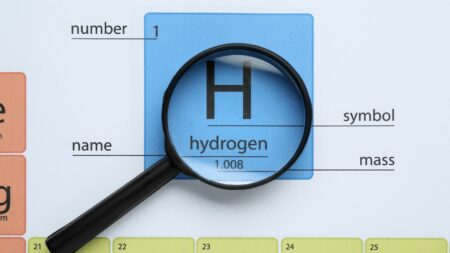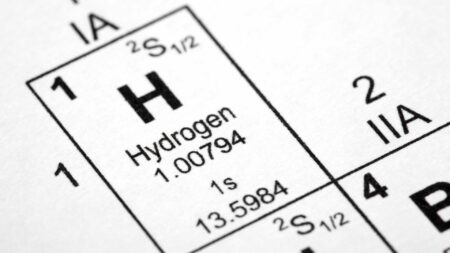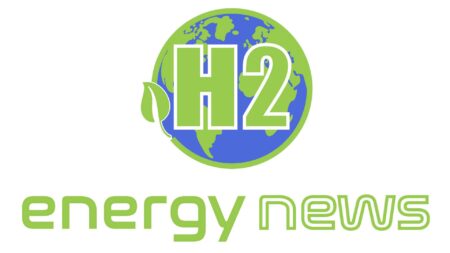The Toyota Mirai, a hydrogen fuel cell electric vehicle initially designed to promote clean energy and reduce carbon emissions, has unexpectedly found itself at the center of military innovation in Ukraine.
Browsing: Ukraine
Ukraine intends to construct 10 GW of renewable hydrogen capacity, targeting the strong demand from the European Union (EU).
Amidst Ukraine’s ongoing geopolitical crisis and reconstruction efforts, an unexpected catalyst has emerged─hydrogen. The German Government’s National Hydrogen Council has proposed that hydrogen exports to the European Union (EU) could provide a crucial lifeline to Ukraine’s economy and energy infrastructure.
Fuel Cell & Hydrogen Energy Association (FCHEA) of the United States has signed a Memorandum of Understanding (MoU) with the Ministry of Energy of Ukraine. The agreement, signed by Frank Wolak, President and CEO of the FCHEA, and German Galushchenko, Ukrainian Minister of Energy, in Washington, DC, symbolizes a commitment to international collaboration for the promotion of sustainable hydrogen development.
Ukraine’s Ukrhydroenergo and Andritz Hydro GmbH are set to sign a memorandum of cooperation focused on developing and implementing projects for the production of “green” hydrogen in Ukraine. This initiative aligns with global efforts to shift towards cleaner energy sources and reduce carbon emissions.
Both green and low-carbon hydrogen as well as carbon-free energy have the strong export potential for Ukraine. The Ministry of Energy’s press office released this information.
At the 24th EU-Ukraine meeting in Kyiv, EU leaders will sign a “strategic cooperation for gases from renewable sources” to supply the EU with green hydrogen.
Ukraine can help EU attain its hydrogen ambitions. Ukrainian electrolyser capacity could reach 10 GW by 2030. It’s a chance…
“Despite the conflict, Ukraine continues to pursue plans for novel energy technologies in particular, as well as the development of hydrogen energy.”
Ukrainian lobbyists are pinning high hopes on hydrogen production in Ukraine to get out of the energy crisis, especially given the present Russian invasion and the country’s domestic gas industry’s failure to meet consumption needs.








